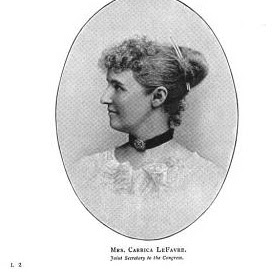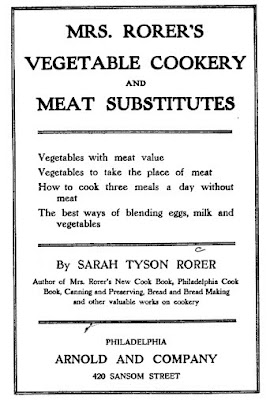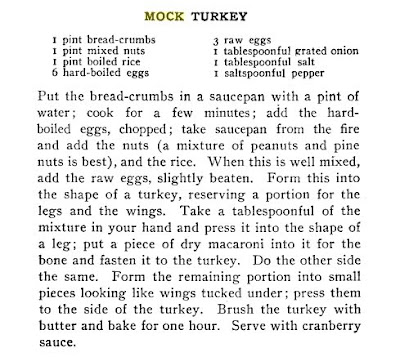Carrica Le Favre—a well-known health lecturer, dress reformer and child-rearing expert—was at the center of activities in Chicago. Described by Everyday Housekeeping magazine as “one of the prominent vegetarians in the country,” Le Favre was most renowned as a child expert thanks to the publication of her guidebook Mother’s Help and Child’s Best Friend, aimed at inculcating mothers with the skills to produce moral and industrious children.

Le Favre believed that a turn to vegetarianism was necessary for the moral and physical well being of mother and child alike. Children should be fed a strict diet of only milk and vegetables in order to create strong constitutions in order to meet the moral and physical challenges of modern life. Le Favre utilized the language of modernity and advancement, labeling the human body an “internal machine” and “instrument” upon whose systematic working depends the successful development of our entire body.” Stimulants like meat acted as “brakes,” leading the body to break down.
Le Favre was one of over a hundred presenters at the Exposition, including J.H. Kellogg and suffragist Dr. Juliet Severance (I have a chapter in an upcoming interdisciplinary volume on fairs that goes into greater detail of the conference). Speeches at the fair emphasized vegetarianism as a means for personal success and advancement. Le Favre explained that “our bodies are literally built up of the food we eat, and the kind and quality of the food determines the possible use of the body.” Flesh foods were “shoddy material” that produced bodies of which many “may well be ashamed and conceal beneath a conventional cloak of broadcloth.” Repeating a common theme from the congress, vegetarianism was labeled as being “civilized,” practiced by “refined” men and women. In stark, harsh terms, Le Favre condemned physical imperfections, proclaiming that, “there is nothing so discouraging to look upon as an ugly, sickly body.” Physical imperfections implied personal frailty, qualities least apt to help one prosper in life.

The Columbian Exposition was associated with modernity, progress, culture, civilization and advancement. The fair emphasized technological growth, with an illuminated “White City” that displayed the power and ascendance of electric lighting. By extension, the exhibitors and congresses represented at the exposition were given the tacit endorsement as exuding the same qualities of importance and innovation. Vegetarianism, with its new focus on personal success, health, strength and modernity was being embraced by mass audiences, both those who practiced the lifestyle and those who did not.
The exposition helped further foment American vegetarians’ confidence in their growing cause, witnessing a globalization of vegetarianism. Delegates from diverse locations connected in Chicago, all under the banner of progress. Vegetarians from the United States mingled with cohorts from Switzerland, Germany and India, illustrating that the movement knew few geographical and political boundaries. Vegetarians from a variety of ethnic, religious and national backgrounds all gathered in one central location and expounded on the diversity of good created by vegetarianism. Vegetarians utilized a mixture of the language of American triumphalism and economic development to place the movement amongst the great social changes of the modern world. The Columbian Exposition marked the ascendance of the United States onto the world scene; vegetarians for the first time were visibly included in the celebration.



